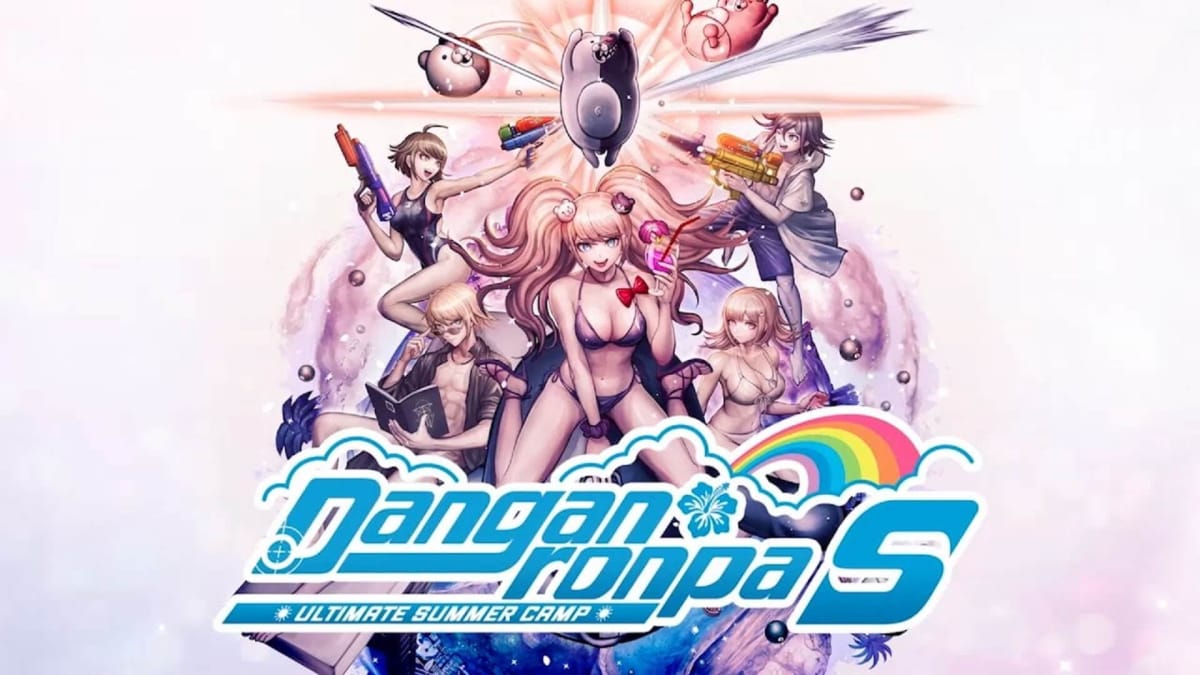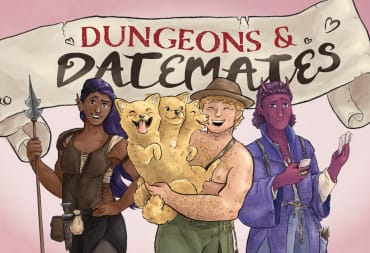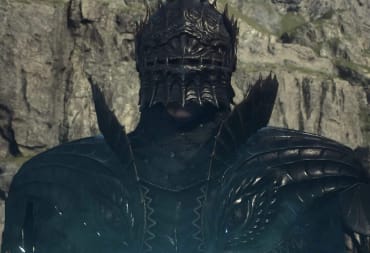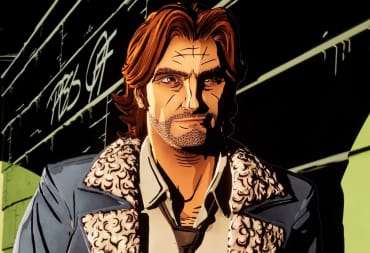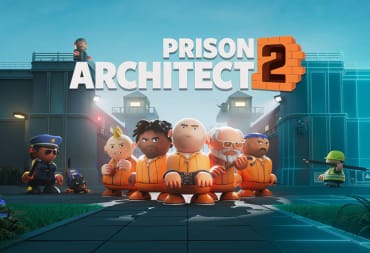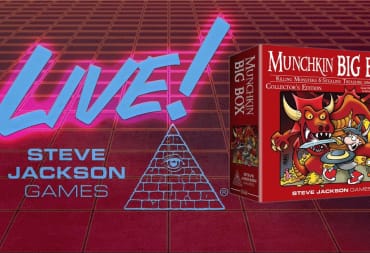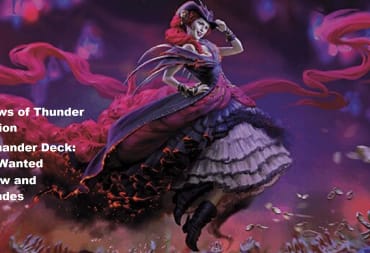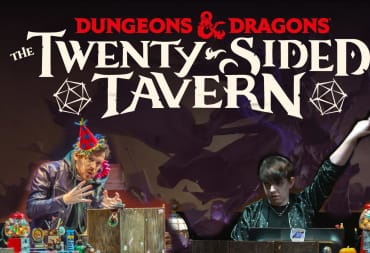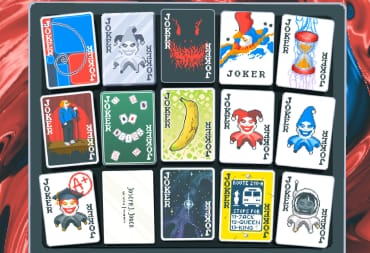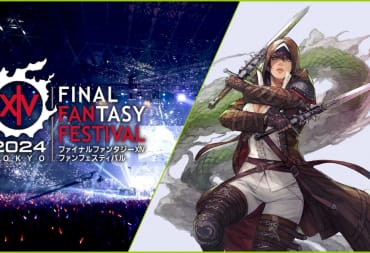You could argue that Danganronpa S: Ultimate Summer Camp doesn’t need to exist, and, while harsh, it’s not an entirely unfounded or inaccurate statement. The game has no story significance to the overall franchise as it’s simply a "what if" scenario, and the core gameplay is not only radically different to all the previous instalments, but insanely repetitive. Beyond the basic board game and RPG battles, Danganronpa S offers nothing else of interest.
Yet despite that, I can’t stop playing it. While it’s difficult to defend the presence of the microtransactions and a gacha system clearly designed to try and push players into investing in said microtransactions, the rote simplicity of Danganronpa S’s gameplay loop is weirdly addicting. And frankly, that’s OK.
And Nothing Bad Happened
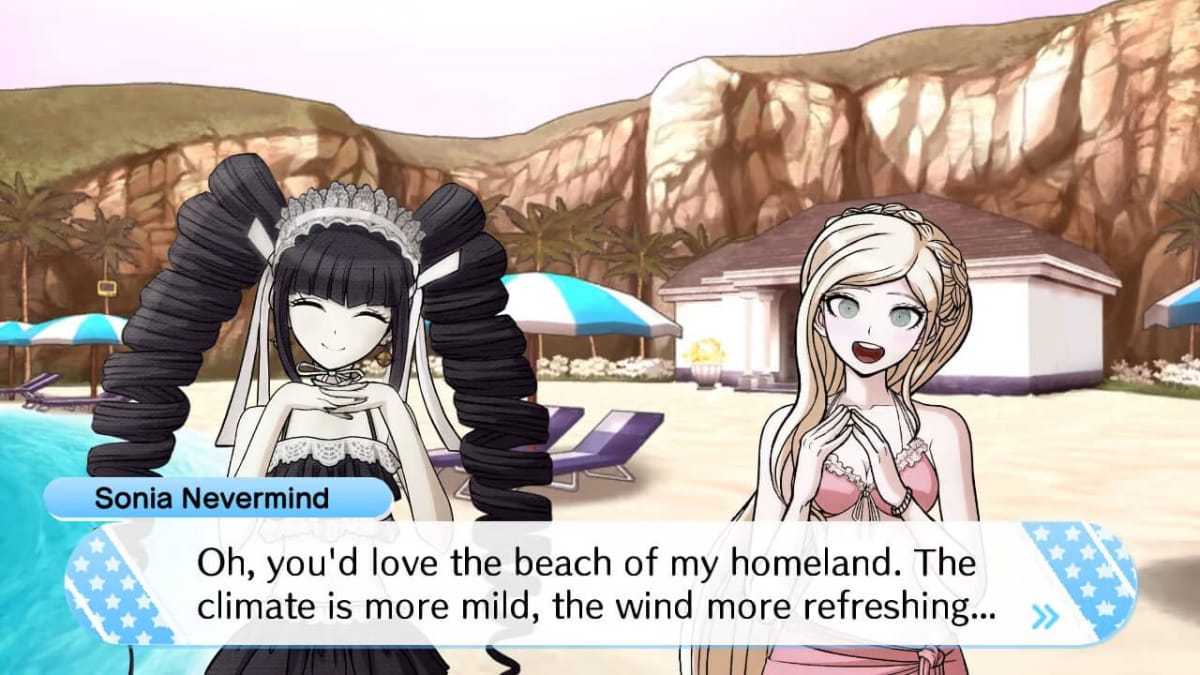
If you haven’t been keeping up, Danganronpa S: Ultimate Summer Camp is the newest entry in the Danganronpa franchise and the first wholly new game in four years. Well, it’s technically an expanded version of a minigame from Danganronpa V3.
The series is best known for its Battle Royale/murder-mystery premise: A group of students are trapped in a school (or, in one game’s case, a tropical island), and the only way to escape is to murder someone and not be found out in the class trial that follows. Danganronpa S throws any sense of danger out the window by taking the casts of all three games (plus the Ultra Despair Girls spin-off) to a virtual paradise where literally nothing bad can happen. Yes, the pesky Monokuma threatens the good times by summoning a horde of monsters, but the game is quick to establish that it’s impossible to die or even be slightly injured in this world.
Danganronpa S is essentially the coffee shop fanfiction AU of the series, and it’s honestly a genius move by Spike Chunsoft. Part of the appeal of Danganronpa has always been about being introduced to a cast of characters, getting emotionally attached to a few of them, and then dealing with the anxiety of whether they’ll survive. But Danganronpa S is an opportunity for fans to not worry about that; to see their faves happy and alive.
This is probably the core appeal of the entire game, as well as getting to see these disparate casts all interacting with one another. It’s a bit of a shame that these moments are fleeting, with the majority of them locked behind landing on specific squares in the board game. It’s an admittedly shallow reason to continue playing, and I wouldn’t recommend picking the game up if that’s all you want, but simply being able to spend time with these characters again has been enough to keep me going back to it. The other reason is due to how moreish the gameplay loop is.
Grind, Die, Repeat
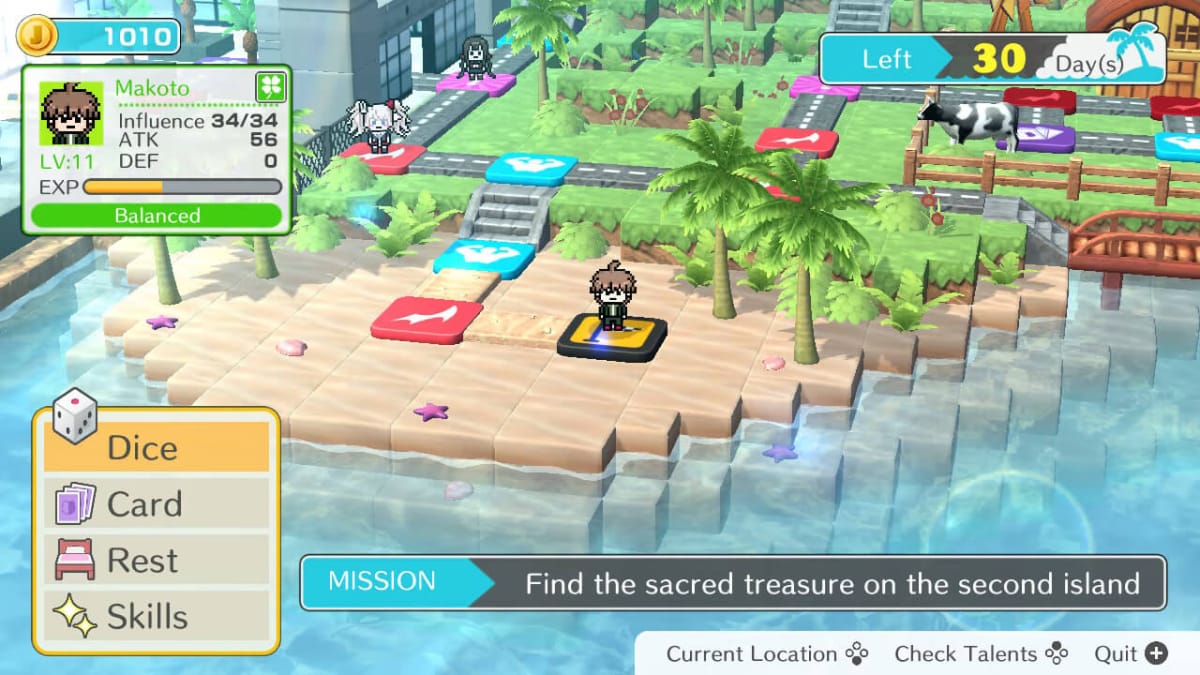
Here’s how the loop works. You start by picking a character card and taking it through the board game to improve its stats and unlock abilities. You then take a party of four into the battle mode, where winning fights lets you climb further up a tower and obtain Monocoins (the in-game currency) for the gacha. You spend Monocoins on the gacha for a chance to unlock more character cards and, ideally, the rarer variants of those cards, as they can learn extra abilities and their stats are easier to increase in the board game. If you find yourself unable to progress any further in the battle mode, you head back to the board game to either try again with new characters or make a better build for your current party, since characters’ levels and stats are reset once you select them for the board game.
So, what’s even the endgame? What incentive do you have to repeat this loop outside of obtaining all the character cards? There is something resembling an overarching story, as completing the board game with a character rewards you with a Hope Fragment. For every 10, you unlock a story segment plus a boss fight, and beating it adds a permanent upgrade to the board game to make it even easier to raise the character levels.
It’s all very Edge of Tomorrow; repeat the same cycle over and over and maybe try things a little differently each time. On paper, that sounds like a very monotonous idea for a game, and it really is in practice. But there is something about the gameplay loop that keeps me coming back. It’s a lot like coming across a big bowl of crackers at a party. You have one and it’s pretty flavorless, but you can’t help but keep picking at it over the course of the party. You find yourself deliberately walking past the bowl just to grab maybe one or two more. Danganronpa S is the video game equivalent of a bowl of crackers.
Catch Up on Your Stories
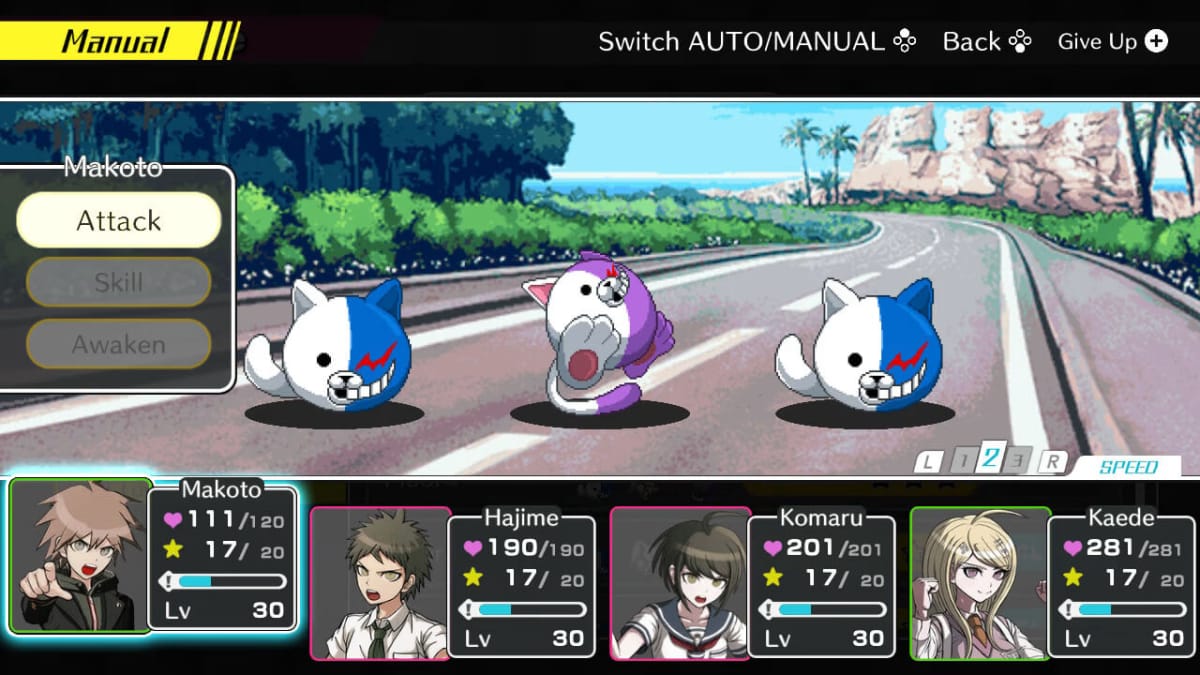
This also makes it the perfect game to play when catching up on other media. We’ve all been there. Grinding levels in an RPG becomes more tolerable if you’ve got a podcast or an hourlong video essay playing in the background to keep you entertained. Danganronpa S serves a similar purpose since, sometimes, you want to be doing something else while checking out the latest episode in a let’s play or something. The game isn’t mentally taxing, even during the battle gameplay, which is all done through mostly static screens in a no doubt deliberate throwback to old-school RPGs like Earthbound. It’s perfect for when you have an hour or two to yourself and you’re in the mood to play something but nothing that requires too much focus or skill like an action game.
This won’t necessarily be the case for everyone, but there can be something relaxing about this sort of the game; one lacking in complexity that can be enjoyed in short bursts. So many games nowadays demand your complete attention, especially live-service titles that are desperate to be the only game you play ever. Danganronpa S may be guilty of implementing microtransactions in a $20 game, but at least it doesn’t threaten you with timed content, and in the grand scheme of things, it’s one of the least offensive instances of this sort of practice (although how sad is it that that’s a compliment nowadays?).
There’s an equally valid, and far more cynical, take that Spike Chunsoft threw this together on the cheap to drain money out of a starving fanbase. Hopefully, whatever the next Danganronpa project is, it will offer something more substantial. But taken at face value (and microtransactions aside), Danganronpa S is a perfectly fine timewaster that is sure to keep the most diehard of diehard fans busy.
Have a tip, or want to point out something we missed? Leave a Comment or e-mail us at tips@techraptor.net
